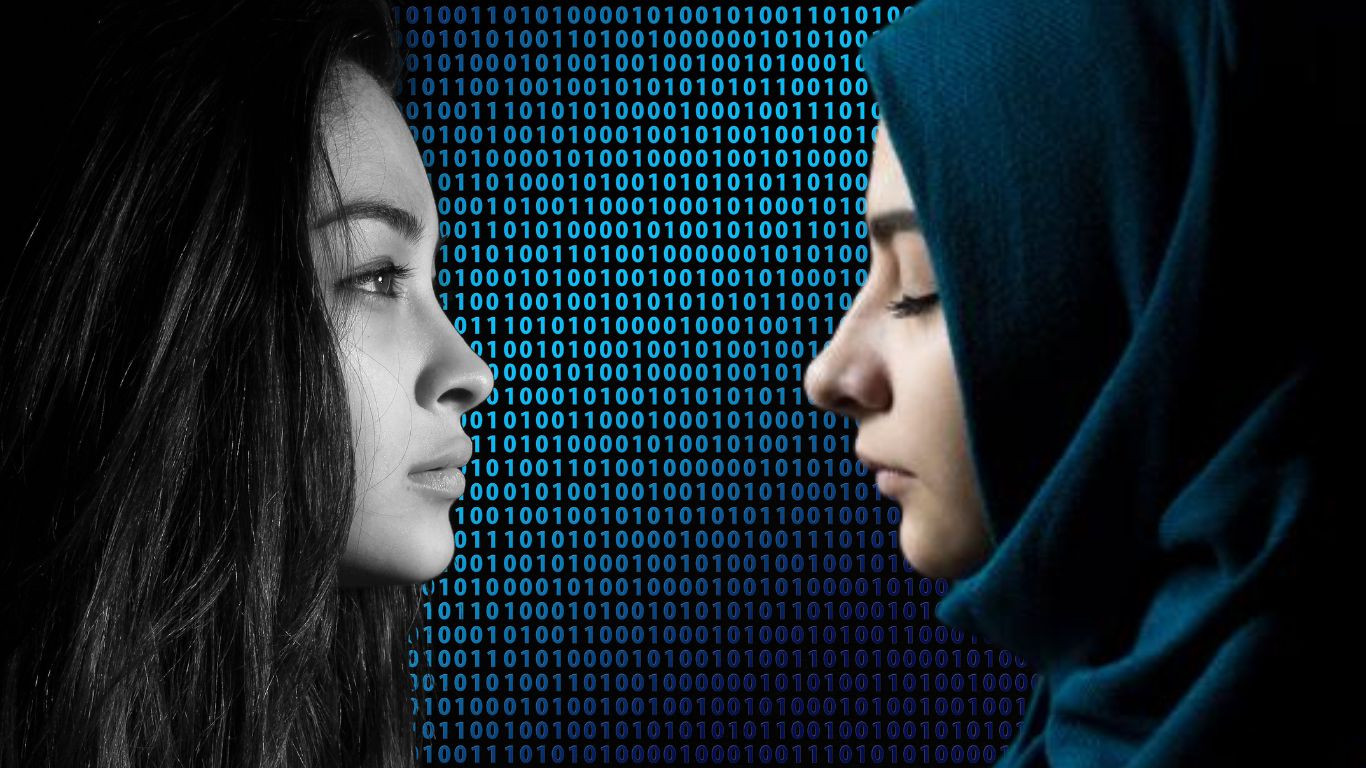Freedom, Faith and Fabric: Who Gets to Decide What I Wear?
Shuvra Sufhian
Published: 22 Apr 2025, 10:24 AM

Representational image
Bangladesh is undergoing a significant political transition following the July Uprising. This shift is increasingly shaped by religious forces, as religion-based political organisations now wield more influence than ever in the country’s history. Among the many signs of this transformation, one stands out vividly: the way women dress.
Clothing is a form of self-expression. It reflects personal choices, tastes, cultural roots, political beliefs and religious values. In Islam, the dress code for women is often guided by religious norms that emphasise modesty, usually in the form of a veil that limits visibility to only close family members. But globally, culture plays a massive role in shaping how people dress. At its core, dress is a symbol of personal freedom; an individual’s right to decide how they want to appear in public.
Bangladesh is a culturally rich and diverse nation. Historically, our major movements, from the language movement and the independence struggle to the 1969 mass uprising and the recent July Uprising, have all been driven by a collective cultural spirit. These movements united people across gender and ideological lines, with women playing vital roles. During these uprisings, women joined the front lines wearing veils, saris, skirts or Western attire. No one questioned their clothing because their presence and participation transcended attire; they represented the power of unity and resistance.
However, the situation has drastically changed. Today, women face public harassment because of their clothing. Online spaces are no safer, as certain Islamist groups use cyberbullying as a weapon to shame and silence women who do not conform to their narrow definition of modesty. A group known as ‘Towhidi Janata’ has become particularly active, promoting a regressive dress code under the guise of religion, and alarmingly, many women have joined in this effort.
Looking back just a decade, we saw a gradual rise in the number of university girls wearing veils. Initially, I thought this was due to financial limitations: it is cheaper to dress under a niqab and less makeup is needed. But after the July Uprising, I realised the trend was driven more by deep-rooted religious motivation than practicality.
I have no objection to women wearing veils, if that is their personal choice. But I will always reject any attempt to impose that choice on me. When believers, especially the extreme ones, try to dictate how I should dress, how I should move and what parts of my body I should hide, that becomes a direct violation of my freedom and autonomy.
And I will always stand against it.
Religion, to me, is personal. It should nurture kindness, compassion and integrity. If someone expresses their beliefs through their clothing, I have no objection. But no one has the right to force me into their mold. I am not willing to sacrifice my freedom, my rights, or my style to appease false moral authorities.
Criticise me if you want but do so based on my intellect, my abilities and my contributions—not because of how I look or how I dress. The journey of women’s empowerment in Bangladesh has been long and hard-fought. I will not let anyone, man or woman, erase that progress in the name of faith.
So, to those who seek to control how I dress, I say this: come at me a hundred times, and I will stand up a thousand times more. My dress is my choice, just as your belief is yours.
______________________
The writer is a teacher and social activist.

